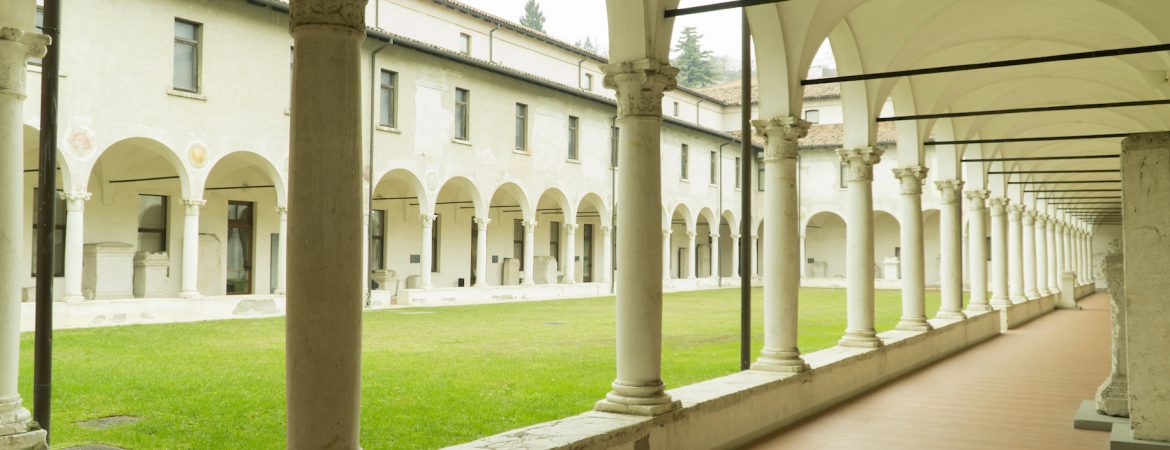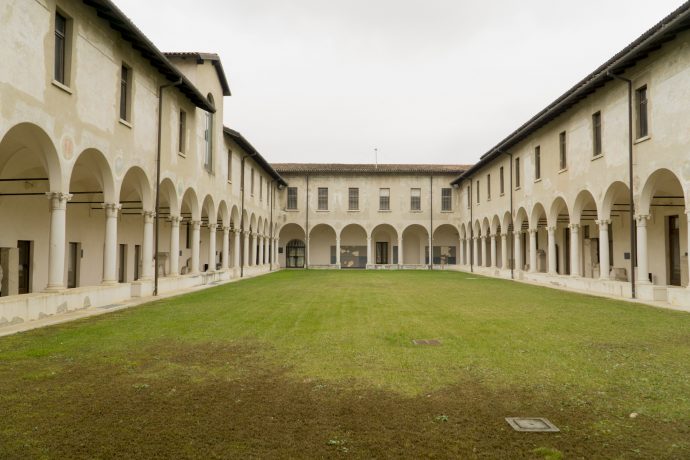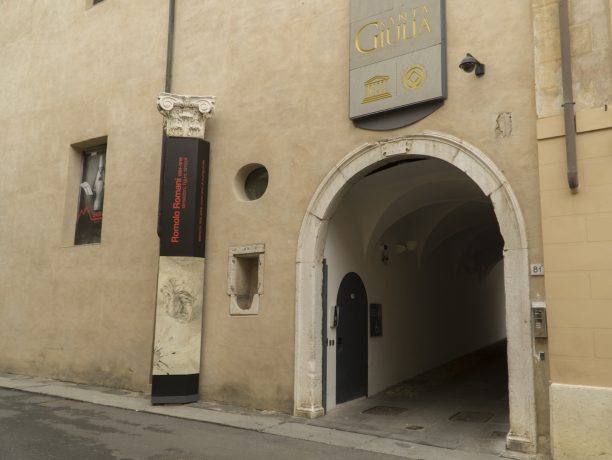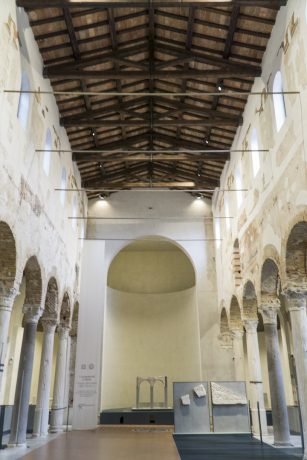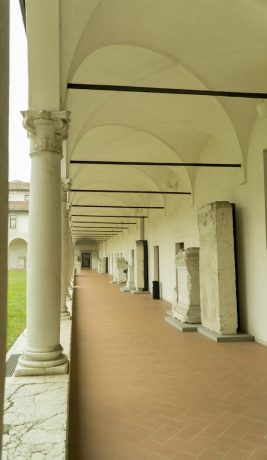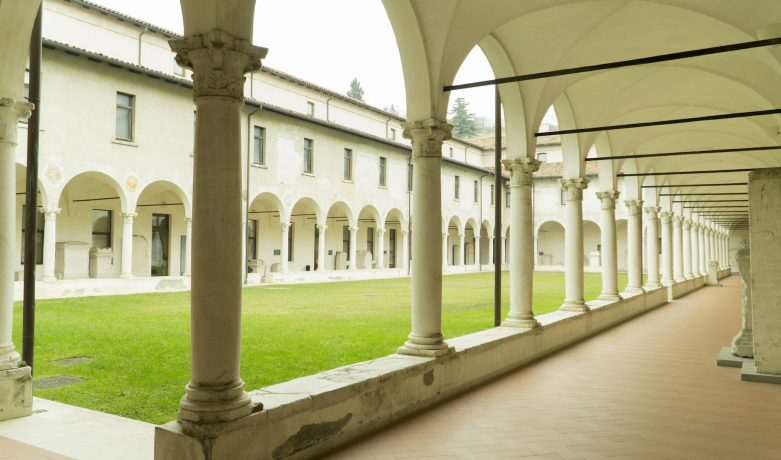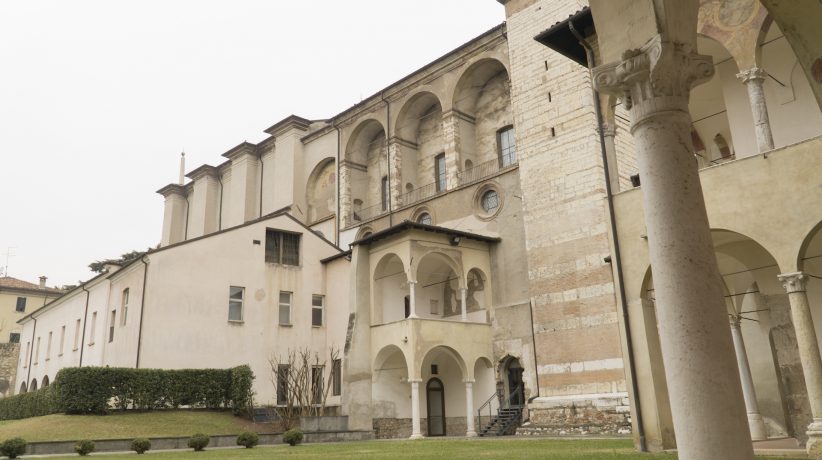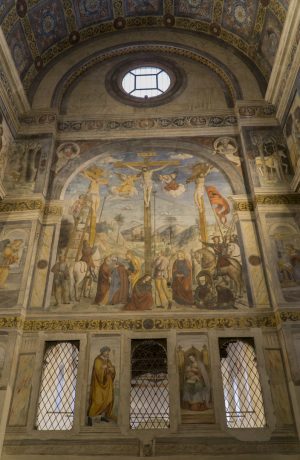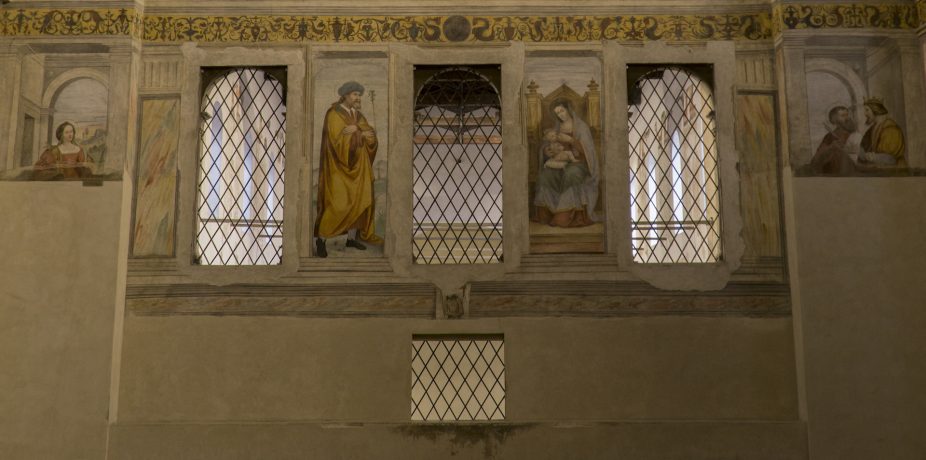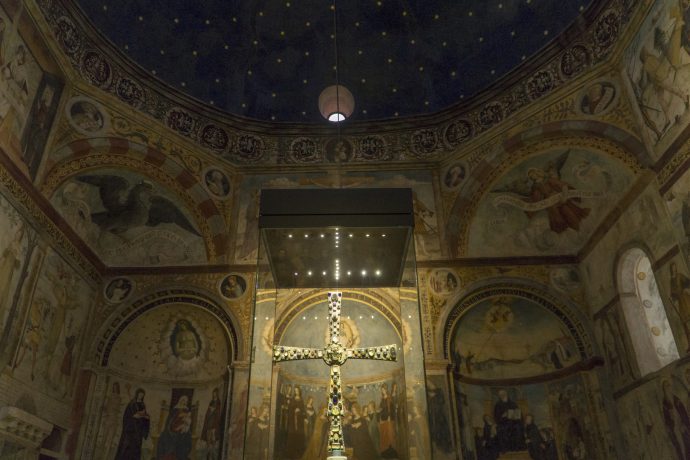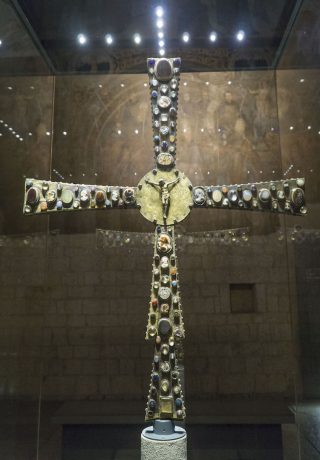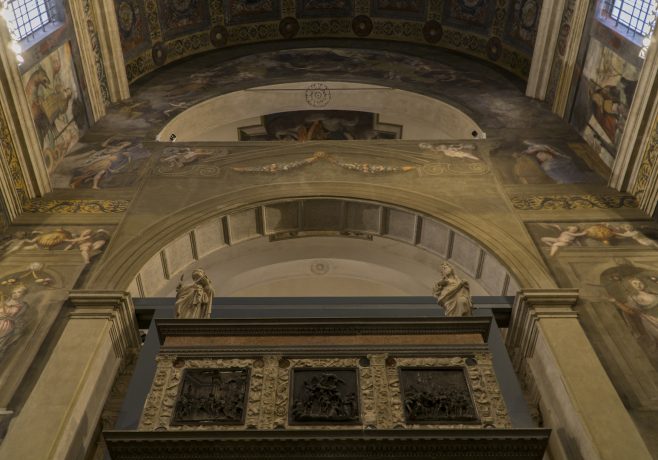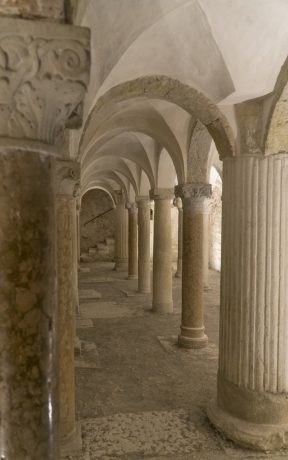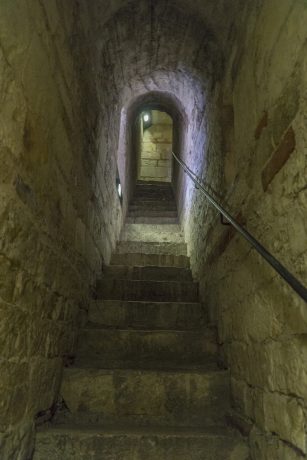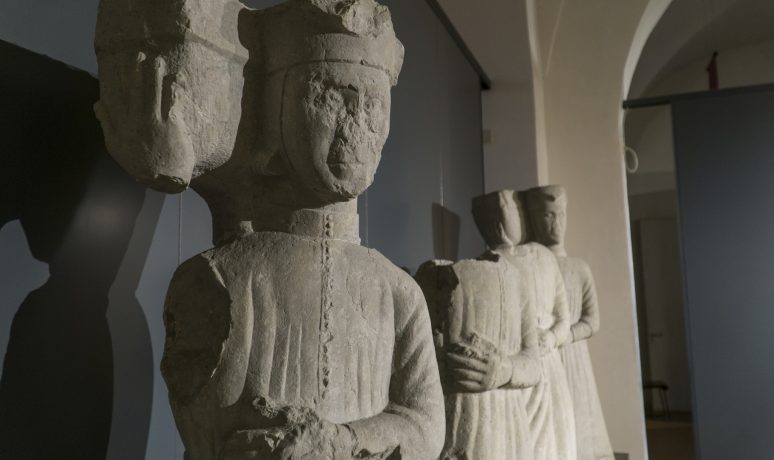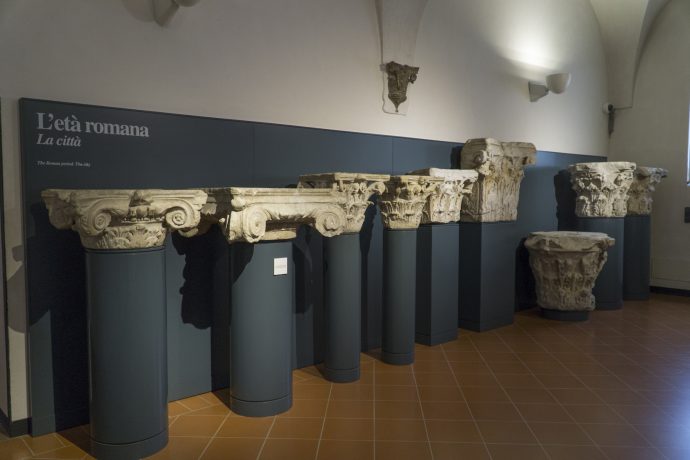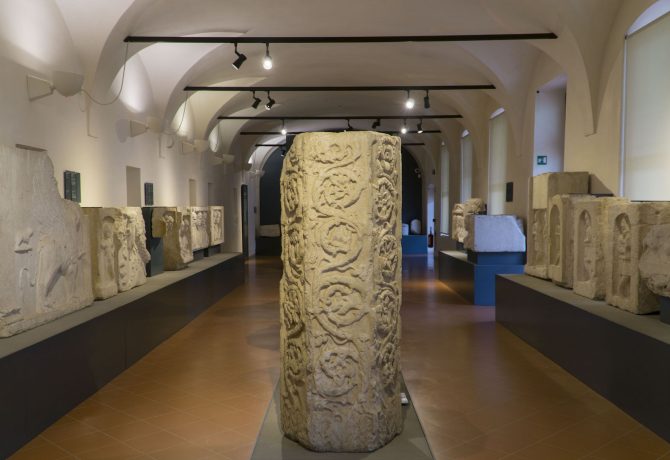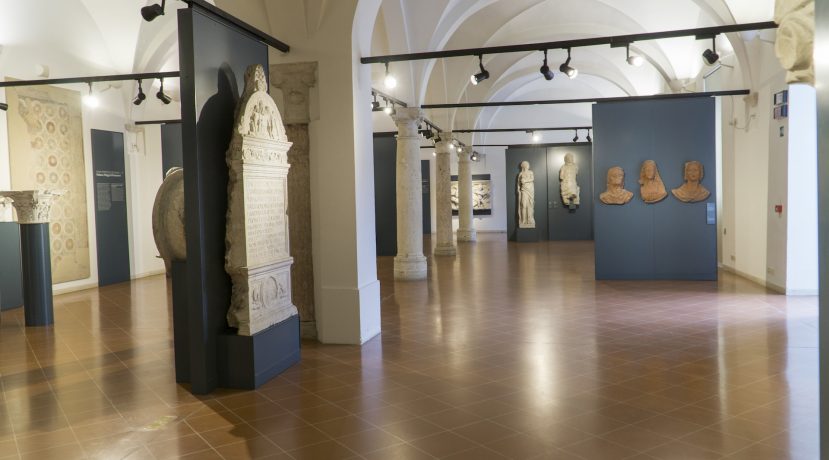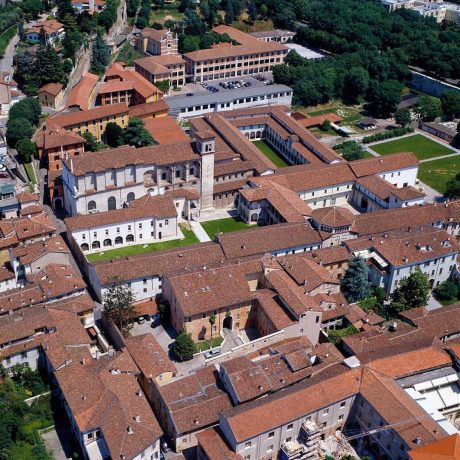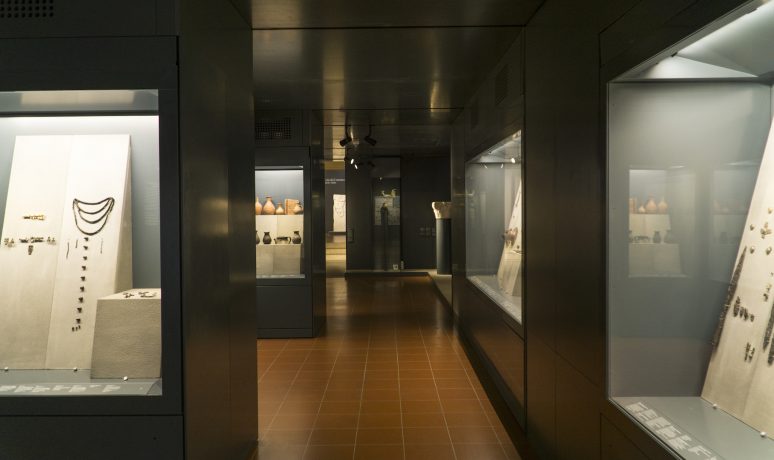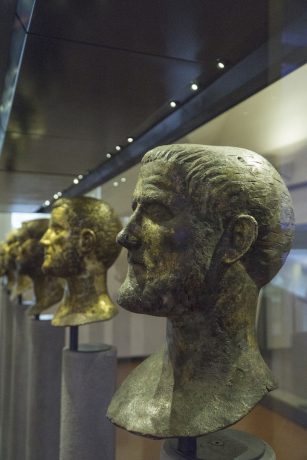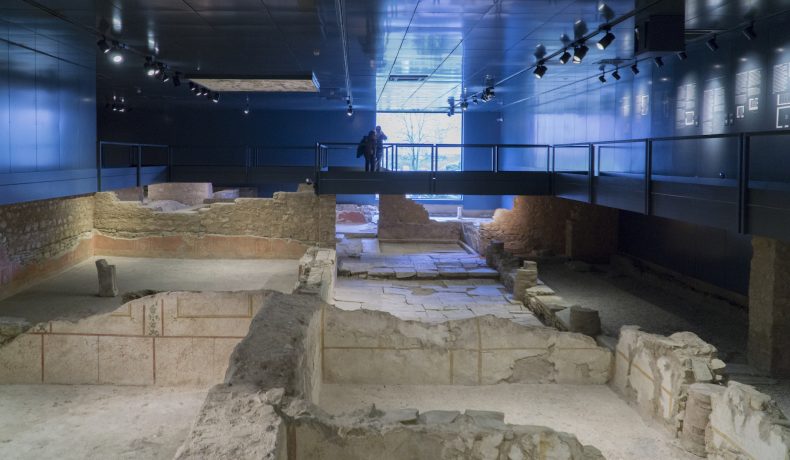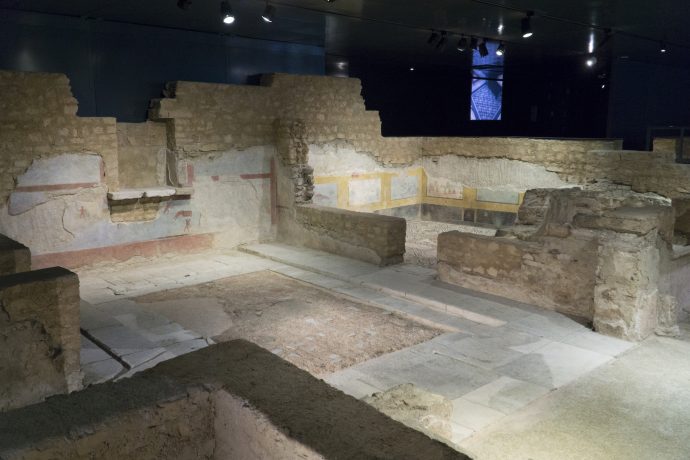Once upon a time, in a small town, lived a powerful King. His daughter was married to a powerful prince, but after the King fell in disgrace he repudiated her and then locked her forever in a monastery, even erasing her name from history. This is not the incipient of a fairy tale, but the true -and sad- story behind the Monastery of Santa Giulia in Brescia, one of the most ancient cities in northern Italy and today the second largest city (after Milan) in Lombardy.
Founded in 753 A.D. by the Longobardian king Desiderius and his wife Ansa, the Monastry was built for his daughter Anselperga, which became the first abbess, and hosted her sister Desiderata, repudiated by his husband Charles the Great, future founder of the Carolingian Empire.
The monastery, at that time named after San Salvatore, maintained its religious function until the mid-nineteenth century. In the 1960s it was rescued from abandonment and turned into a museum that would collect objects from the city's over 3000 year history. In 2011, the complex has been inserted in the UNESCO World Heritage list.
Nowadays, the museum offers a journey through its rooms, each one dedicated to a different period in the history of Brescia (prehistoric, Roman, signorie, Venetian) and hosts a different display every year borrowing paintings from museums around the world. One of its most successful displays, which attracted more than 300,000 visitors, was dedicated to Gaugin and Van Gogh in 2009.
The Santa Giulia complex, expanded and modified through the centuries, is composed by three churches from different ages: the most ancient one is the Basilica of San Salvatore, dating from around the 9th century A.D.; it was built over a pre-existing Roman building and it is composed by a nave and two apses. The interior of the basilica houses frescoes by Paolo da Cailina the Younger, as well as other from the Carolingian age. Santa Maria in Solario, added in the 12th century, was built to preserve the treasures of the monastery and consists of two levels, connected by a narrow staircase carved in the wall. The lower floor is covered by four vaults that stand in the center on a large Roman marble altar, and is decorated by wonderful frescoes of Floriano Ferramola.
The upper floor is covered by a hemispherical dome and presents, carved into the east wall, three small apses. Santa Maria in Solario contains two of the most important Christian relics: the Lipsanoteca, an ivory reliquary dated around 4th century; and the Cross of Desiderius, the greatest Longobardian artifact existing, made around the 750 A.D. The Church of Santa Giulia, which gives the name to the museum, was built in the last decade of 1500 but it is excluded from the tour. All its frescoes and decorations were destroyed or stolen in the 19th century and nowadays the church is used as a conference hall.
Brescia was an important center during the Roman era and its depths unveiled several evidences of its glorious past. Built over an ancient Roman quarter, excavation under Santa Giulia unveiled the existence of two Roman houses (domus) dating back to 200 years before Christ: The Domus of Dionysius, named after a mosaic of the Roman god on the floor, and the Domus of the Fountains, which owned a water conduit to feed the fountains present within. The area of the domus, eloquent expression of the Roman magnificence, has an area of about 1000 square meters.
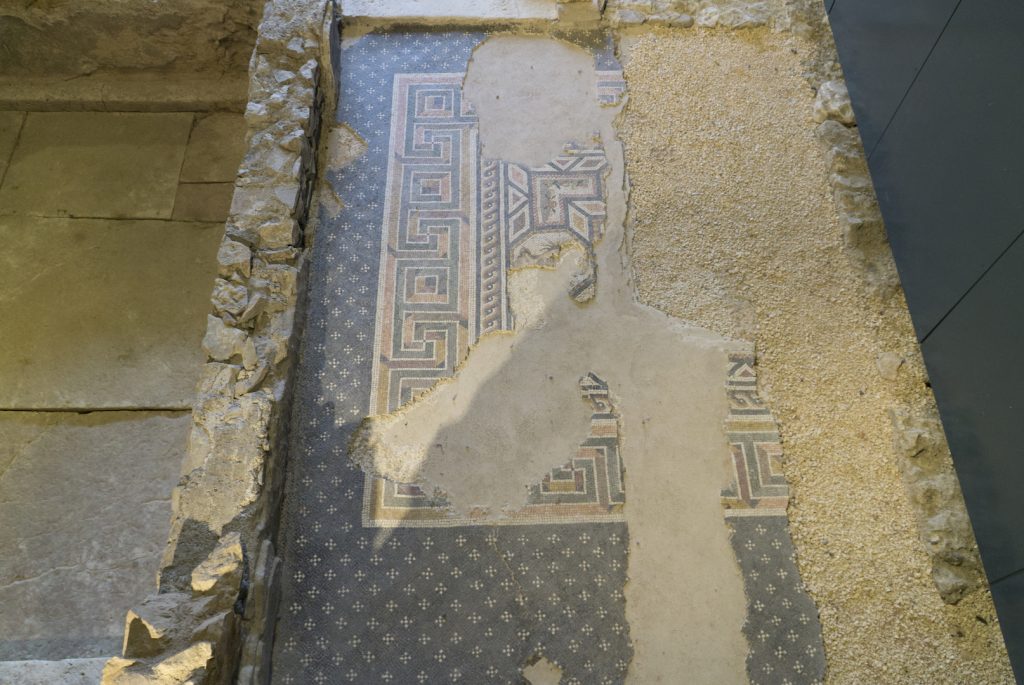
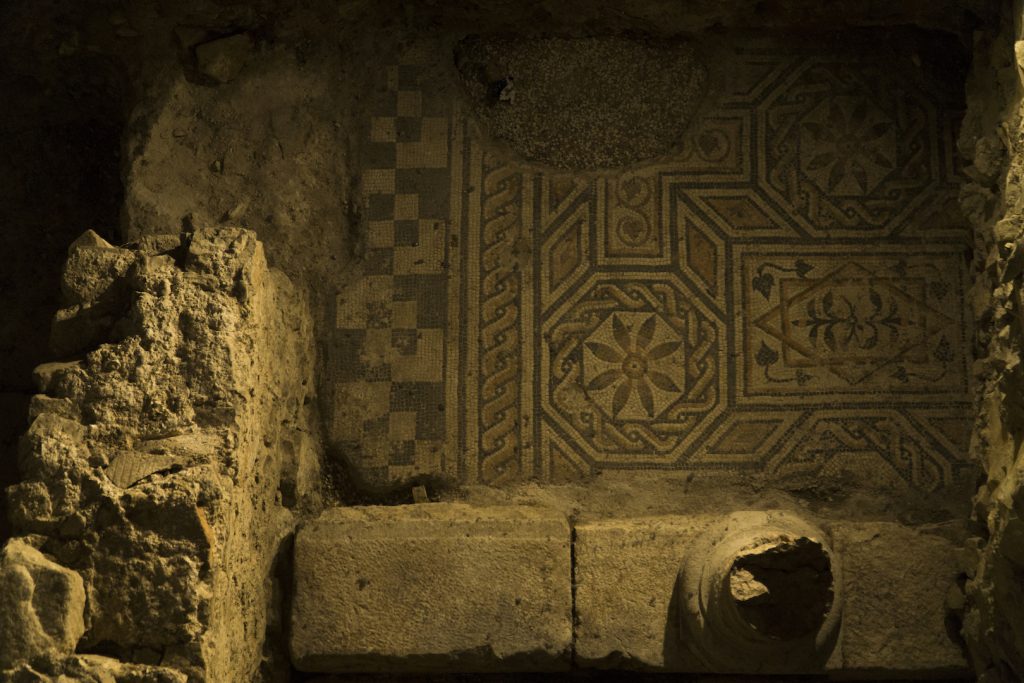
It would be too long to expose every item displayed in the museum, not to mention the Capitolium and the soon-to-open Roman Theater, which are both dated around the first century and just a kilometer away from Santa Giulia. What cannot be fully explained by words is the sensation to walk through the centuries, in a space which is itself ancient and rich of history and not a simple "container" of relics.
